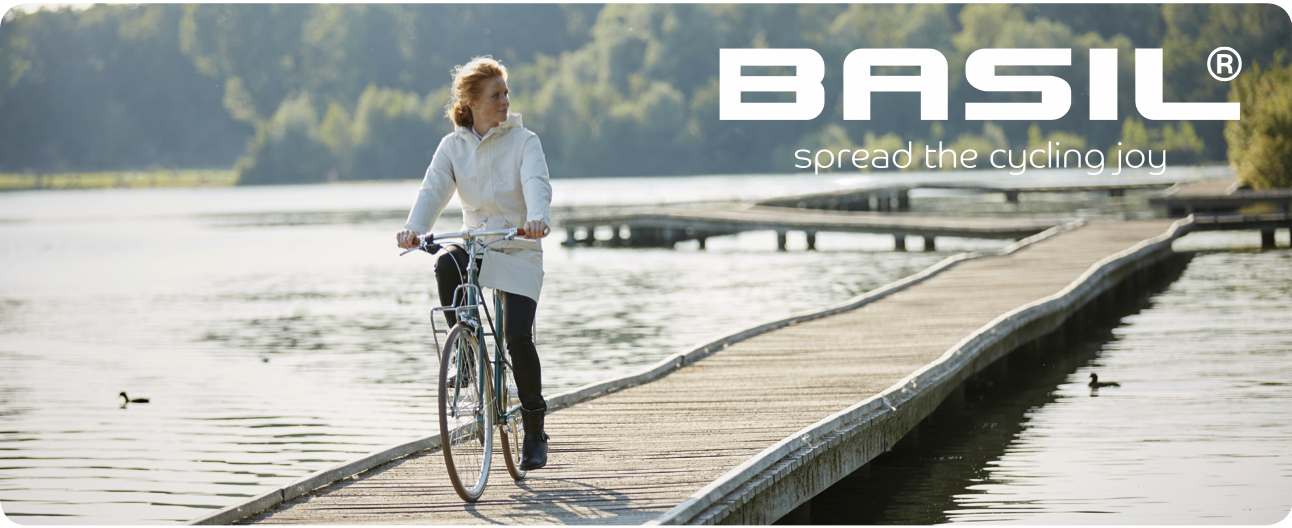ebikemom
Well-Known Member
Hi all,
Well, I've been commuting on and off during our rainy and cold season here in the Pacific Northwest, mostly by keeping an eye on the weather report and choosing days with little-to-no precipitation.
I bought cycling poncho, but don't like it much ... a bit cumbersome since it blows around too much.
Finally, I bit the bullet and spent some $$$ on better clothes for cycling.
My parka (Lands End "Squall" warmest parka) is great for cycling in the 30's-40's degree range that is common for our winter weather, and has been fine in our drizzle also. But I have been riding in conventional pants (keeping an extra pair at work in case they get rained on), sometimes with a thermal layer underneath. I use my regular helmet and have a rain cover for it (a really nice one), but generally don't need it. I use a pashmina scarf to keep my ears and neck warm.
But, what about rain pants? And what about SPRING, when my parka will be too warm, but it will still be wet (I didn't ride my bike in the Fall when it was less cold but very wet, so never quite solved that problem). I was resisting purchasing more clothing-for-cycling because everything is so expensive. But over the weekend I did a little math and realized that commuting by my non-cycling method costs me over $8.00 each time. So, hey, that adds up pretty fast and justifies my new expenditures!
So, today, in the mail, arrived my present-to-myself from REI.
--Rain pants!
--Spring rain jacket in a bright color!
--Fleece layer to wear under the Spring rain jacket!
It's still too cold for the Spring jacket+fleece combo, but the rain pants will get good use pronto! They will keep off the wind also. I'm looking forward to commuting in them!
Well, I've been commuting on and off during our rainy and cold season here in the Pacific Northwest, mostly by keeping an eye on the weather report and choosing days with little-to-no precipitation.
I bought cycling poncho, but don't like it much ... a bit cumbersome since it blows around too much.
Finally, I bit the bullet and spent some $$$ on better clothes for cycling.
My parka (Lands End "Squall" warmest parka) is great for cycling in the 30's-40's degree range that is common for our winter weather, and has been fine in our drizzle also. But I have been riding in conventional pants (keeping an extra pair at work in case they get rained on), sometimes with a thermal layer underneath. I use my regular helmet and have a rain cover for it (a really nice one), but generally don't need it. I use a pashmina scarf to keep my ears and neck warm.
But, what about rain pants? And what about SPRING, when my parka will be too warm, but it will still be wet (I didn't ride my bike in the Fall when it was less cold but very wet, so never quite solved that problem). I was resisting purchasing more clothing-for-cycling because everything is so expensive. But over the weekend I did a little math and realized that commuting by my non-cycling method costs me over $8.00 each time. So, hey, that adds up pretty fast and justifies my new expenditures!
So, today, in the mail, arrived my present-to-myself from REI.
--Rain pants!
--Spring rain jacket in a bright color!
--Fleece layer to wear under the Spring rain jacket!
It's still too cold for the Spring jacket+fleece combo, but the rain pants will get good use pronto! They will keep off the wind also. I'm looking forward to commuting in them!
